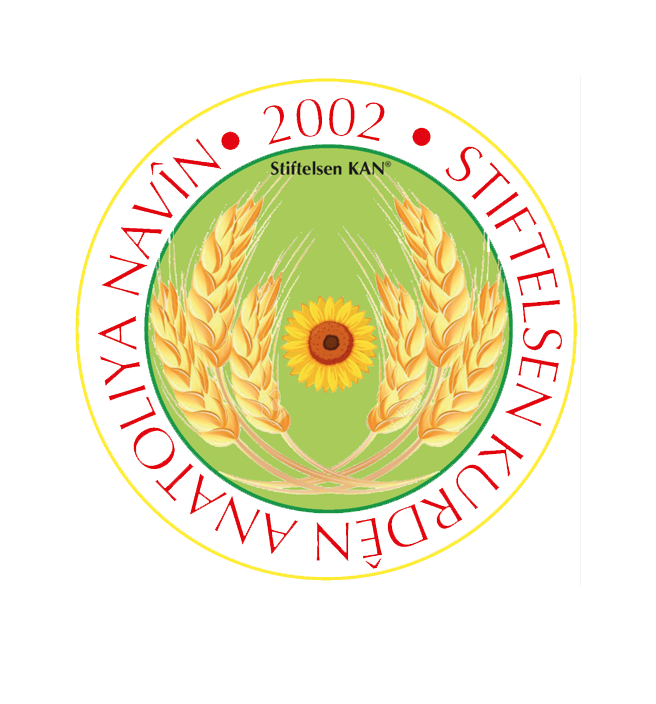The Swedish Scholastic Aptitude Test
This preparation course is for students who are in the last year of High School or have already graduated. The course lasts for 25 weeks. Those who are in their final year of high school may take the course on Fridays and Saturdays. Those who have already graduated may take the course on weekdays or weekends.
What is the Swedish Scholastic Aptitude Test?
The Swedish Scholastic Aptitude Test is a standardised test used as one of the means to gain admission to higher education in Sweden.
The Swedish Scholastic Aptitude Test is a Swedish national selection examination that is to test knowledge and skills from compulsory school and upper secondary school that are needed in higher education, and rank the examinees according to results. The results from The Swedish Scholastic Aptitude Test constitute a special applicant category for educations at Sweden's universities and other post-secondary education institutions. The test can thus be said to give prospective students a second chance at admission, in addition to the final grade from studies at upper secondary school level.
The test is held twice a year, once in the spring and once in the autumn. The spring test takes place on a Saturday at the end of March or the beginning of April, while the autumn test is held in October.
A test result is valid until the end of the calendar semester that falls eight years after the test.
The Swedish Scholastic Aptitude Test (abbreviation SweSAT; Högskoleprovet in Swedish) is a standardised test used as one of the means to gain admission to higher education in Sweden. The test itself, which is administered by the Swedish Council for Higher Education, is divided into a mathematical part and a verbal part, which both respectively contain 4 subdivisions, in total 160 multiple-choice questions. All sections are taken in one day, a Saturday in April (Spring test) or a Sunday in October (Autumn test), lasting between 7½ and 8 hours including breaks between each section and a lunch break. Apart from the English language reading comprehension test, all sections are taken in Swedish.
The result on the test is normalised to a scale between 0.0 and 2.0, with 0.05 increments. About 0.1% of the test-takers are awarded 2.0, which is the highest grade. Usually, 145 to 150 marks (out of 160) are required for 2.0.
The test is since autumn 2011 divided into two parts - a quantitative and a verbal part of 80 questions each. The quantitative and the verbal parts are both divided into four sections each with different types of questions. The test has a total of 160 questions, divided into four subtests of 40 questions each. Two of the subtests contains questions from the quantitative part of the test. The other two subtests contains questions from the verbal part. A fifth subtest is also given in order to develop new questions for future tests, but the result from this subtest is not counted.

THE FOUNDATION FOR CENTRAL ANATOLIAN KURDS
FOR KURDISH CHILDREN
Donate to the foundation CAN
About the foundation CAN
THE FOUNDATION for Central Anatolian Kurds (CAN) was officially formed on March 24, 2002 by some 30 Kurds with roots from central Anatolia. The foundation is registered with the County Administrative Board in Stockholm.
STATUTES
Contact us
Mjölnarstigen 1, 163 41 Spånga,
Stockholm, Sweden
Telefon: +46(8)761 81 18 / 0708323958
E-mail: info@stiftelsenkan.com

